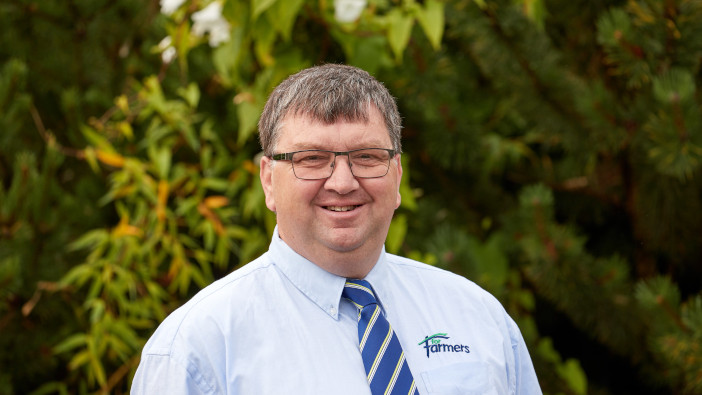Despite livestock being at greater risk of developing staggers (hypomagnesaemia) in the spring, ForFarmers is warning that there is a risk of the condition during the autumn flush of grass.
The condition, which affects both cattle and sheep, is caused by a deficiency of magnesium in the diet. Autumn and spring grass flushes both contain low amounts of the nutrient and need to be supplemented.
It can cause twitching, tremors, reduced feed intake and potentially death if not treated.
Alister Davies, UK beef and sheep commercial manager at ForFarmers, says: “Older and lactating animals or those which are stressed animals are most at risk. Those grazing grass which has had a recent application of slurry or other potash-containing fertilisers may also suffer.
“Preventing grass staggers is much more effective than treating it. Giving sheep and cattle a supplementary source of the mineral is a cost-effective and important at this time of year.”
Trials have shown that Spanish magnesium (AGMA FG85) is more easily absorbed than that sourced from other parts of Europe and China, as well as having a positive impact on milk production.
Alister continues: “There is no better magnesium than AGMA FG85 on the market, according to research from Glasgow University. It is very palatable compared to other available magnesium while also being up to 40% more easily absorbed. Sodium also allows improved magnesium uptake.
“It is important animals get the magnesium every day. We advise providing stock with a magnesium bucket, particularly during the high-risk periods in the spring and autumn to help stock avoid developing staggers.”
For more information go to www.forfarmers.co.uk


